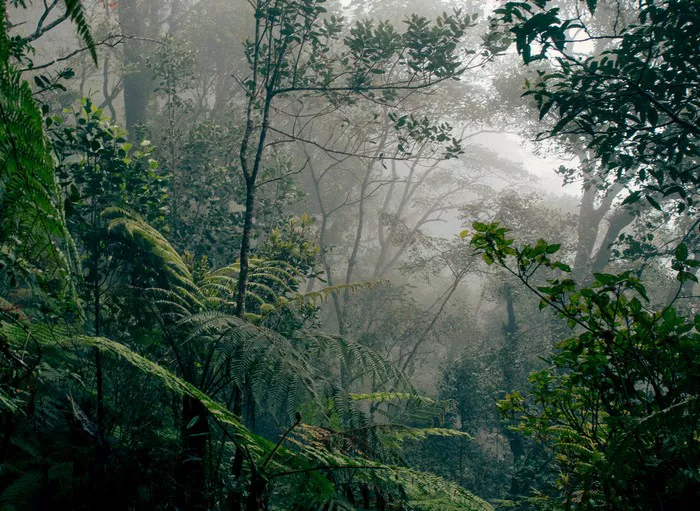The spatial arrangement of plants within ecosystems plays a pivotal role in determining their resilience to environmental and anthropogenic changes. A recent study conducted by a team of researchers in Italy sheds light on the distribution patterns of dominant plant species in a tropical rainforest in Panama, revealing scale-free distributions characterized by clusters of varying sizes. These findings, published in the journal [Journal Name], suggest that the rainforest ecosystem exhibits characteristics akin to a critical state, where perturbations can rapidly propagate throughout the system.
Scale-free distributions, observed in various natural phenomena such as avalanches, forest fires, neural signals, and gene activity, indicate a lack of favored event sizes, highlighting the interconnectedness of system components. This sensitivity to perturbations enables rapid system-wide responses, which can have both beneficial and catastrophic implications depending on the context.
The concept of scale-free clustering in vegetation ecosystems is not new, having been proposed nearly three decades ago based on data from the rainforest canopy of Barro Colorado Island (BCI) in Panama and arid regions of the Kalahari Desert in southern Africa. However, determining clustering behavior in ecosystems poses challenges, primarily due to the difficulty in delineating clusters.
To address this challenge, theoretical physicist Pablo Villegas of the Enrico Fermi Research Center and his colleagues applied statistical physics methods to analyze data from the BCI research station. By mapping out networks of clusters using the locations of over 400,000 trees and shrubs spanning a 50-hectare plot monitored for 40 years, the researchers identified a percolation transition—where discrete clusters merge into a system-spanning cluster—at a critical distance threshold (rc) of approximately 5 meters.
Interestingly, when focusing on the distribution of the most abundant species, the shrub Hybanthus prunifolius, a different pattern emerged. Unlike the abrupt transition observed for the overall plant population, the distribution of this shrub displayed a range of distances producing a percolating cluster, indicating system-wide clustering across multiple scales—a characteristic feature of a critical state.
Villegas suggests that this scale-free network structure may represent a biological compromise, facilitating species dispersion across the entire area while maintaining resilience through local clusters connected via pollination or short-distance interactions. However, interference with this natural percolation behavior, such as deforestation, could render rainforests vulnerable to catastrophic plant loss.
Complex-systems expert Ricard Solé of the University of Pompeu Fabra praises the meticulous analysis conducted by Villegas and his team, emphasizing its potential utility in monitoring the health of species-rich ecosystems.
The implications of this research extend beyond understanding the dynamics of rainforest ecosystems, offering valuable insights into the mechanisms underlying ecosystem resilience and informing conservation strategies in the face of environmental change.


